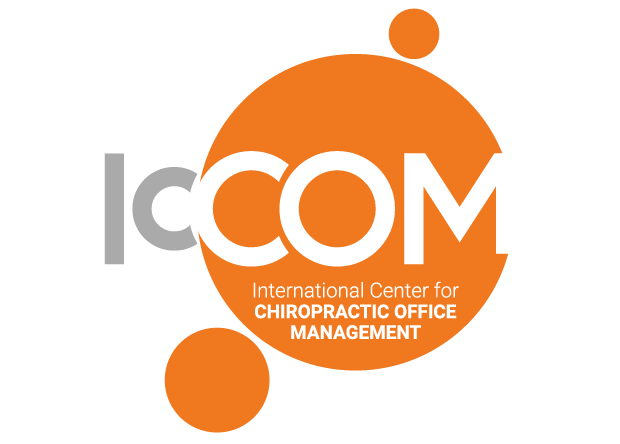This information was released by: DEPARTMENT OF HEALTH & HUMAN SERVICES, Office of E-Health Standards and Services. And distributed by: Centers for Medicare and Medicaid Services
Please be aware that these are the guidelines for on-site HIPAA Privacy and Security Investigation and Compliance Review. It is now understood that we will probably not have a direct compliance investigation, but when you undergo any type of other files audit etc., you will be asked for this information at the same time.
Sample – Interview and Document Request for
HIPAA Security On-site Investigations and Compliance Reviews
1. Personnel that may be interviewed
• President, CEO or Director
• HIPAA Compliance Officer
• Lead Systems Manager or Director
• Systems Security Officer
• Lead Network Engineer and/or individuals responsible for:
administration of systems which store, transmit, or access Electronic Protected Health Information (EPHI)
administration systems networks (wired and wireless)
monitoring of systems which store, transmit, or access EPHI
monitoring systems networks (if different from above)
• Computer Hardware Specialist
• Disaster Recovery Specialist or person in charge of data backup
• Facility Access Control Coordinator (physical security)
• Human Resources Representative
• Director of Training
• Incident Response Team Leader
• Others as identified….
2. Documents and other information that may be requested for investigations/reviews
a. Policies and Procedures and other Evidence that Address the Following:
• Prevention, detection, containment, and correction of security violations
• Employee background checks and confidentiality agreements
• Establishing user access for new and existing employees
• List of authentication methods used to identify users authorized to access EPHI
• List of individuals and contractors with access to EPHI to include copies of pertinent Business Associate Agreements
• List of software used to manage and control access to the Internet
• Detecting, reporting, and responding to security incidents (if not in the security plan)
• Physical security
• Encryption and decryption of EPHI
• Mechanisms to ensure integrity of data during transmission – including portable media transmission (i.e. laptops, cell phones, Blackberries, thumb drives)
• Monitoring systems use – authorized and unauthorized
• Use of wireless networks
• Granting, approving, and monitoring systems access (for example, by level, role, and job function)
• Sanctions for workforce members in violation of policies and procedures governing EPHI access or use
• Termination of systems access
• Session termination policies and procedures for inactive computer systems
• Policies and procedures for emergency access to electronic information systems
• Password management policies and procedures
• Secure workstation use (documentation of specific guidelines for each class of workstation (i.e., on-site, laptop, and home system usage)
• Disposal of media and devices containing EPHI
b. Other Documents:
• Entity-wide Security Plan
• Risk Analysis (most recent)
• Risk Management Plan (addressing risks identified in the Risk Analysis)
• Security violation monitoring reports
• Vulnerability scanning plans
o Results from most recent vulnerability scan
• Network penetration testing policy and procedure
o Results from most recent network penetration test
• List of all user accounts with access to systems which store, transmit, or access EPHI (for active and terminated employees)
• Configuration standards to include patch management for systems which store, transmit, or access EPHI (including workstations)
• Encryption or equivalent measures implemented on systems that store, transmit, or access EPHI
• Organization chart to include staff members responsible for general HIPAA compliance to include the protection of EPHI
• Examples of training courses or communications delivered to staff members to ensure awareness and understanding of EPHI policies and procedures (security awareness training)
• Policies and procedures governing the use of virus protection software
• Data backup procedures
• Disaster recovery plan
• Disaster recovery test plans and results
• Analysis of information systems, applications, and data groups according to their criticality and sensitivity
• Inventory of all information systems to include network diagrams listing hardware and software used to store, transmit or maintain EPHI
• List of all Primary Domain Controllers (PDC) and servers
• Inventory log recording the owner and movement media and devices that contain EPHI
